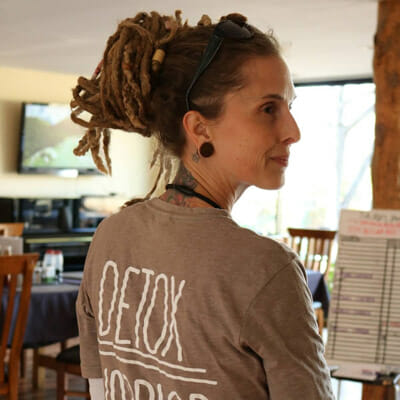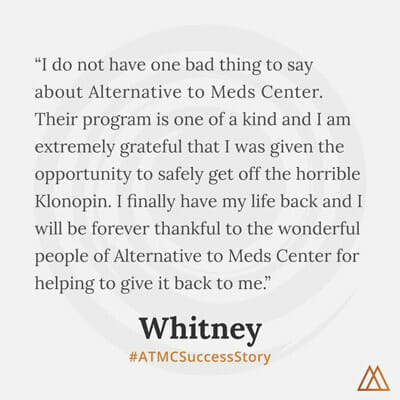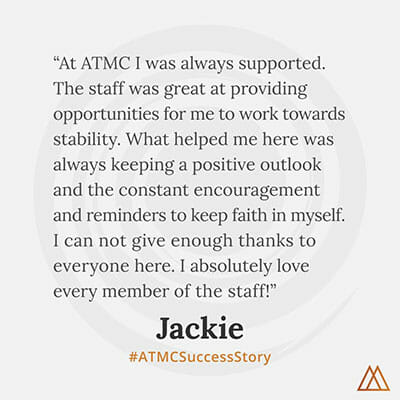Mechanics of Drug Cessation
Understanding the mechanics of safe drug tapering also involves a deeper dive into how different classes of drugs affect our neurochemistry, internal organs, and the entire central nervous system. The neuro-adaptive characteristic of the human central nervous system explains why you cannot simply stop taking a drug without an avalanche of withdrawal reactions. The following points may illustrate some of these mechanics.
 Tapering and discontinuing opioid use has its own specific mechanics and underpinnings. Opiates spend the body’s store of available endorphins. This leaves the body without the natural protection (including pain relief) inherent in these neurotransmitters. Walking back a dependence successfully entails replenishing the body’s capacity to produce and store an adequate supply of endorphins. Neglecting this aspect makes withdrawal hellish and intolerable, often leading to relapse. This level of suffering is unnecessary if the mechanics of safe opioid tapering are employed.2
Tapering and discontinuing opioid use has its own specific mechanics and underpinnings. Opiates spend the body’s store of available endorphins. This leaves the body without the natural protection (including pain relief) inherent in these neurotransmitters. Walking back a dependence successfully entails replenishing the body’s capacity to produce and store an adequate supply of endorphins. Neglecting this aspect makes withdrawal hellish and intolerable, often leading to relapse. This level of suffering is unnecessary if the mechanics of safe opioid tapering are employed.2
Benzodiazepine tapering strategies and solutions must be in place. Benzos are a distinct class of drugs that use up natural stores of GABA, a naturally produced chemical that reduces anxiety, fear, allows sleep to occur, and performs many other functions. Success will not occur if the benzo is withdrawn before natural GABA production is restored. What will occur is debilitating anxiety, sleeplessness, possible seizures, muscle spasms, and even death. Therefore, abrupt benzodiazepine withdrawal is NOT safe at all. Benzodiazepine tapering strategies include extremely slow and measured tapering, adequate time for neurochemistry to transition back to drug-free, and the body must be supplied with the raw materials required to rebuild these vital neuronal systems.3
You can find out more about protocols for specific classes of drugs.
How do Toxic Chemicals Affect Mental Wellness?
Toxic chemicals are linked with mental health issues, as shown in the body of research published in many international medical and neuroscience journals.4-8
These toxins are often fat-soluble. Some drugs, such as THC, are likewise fat-soluble, and some, such as vaccines and antibiotics, are placed into a fat (lipid) delivery system. These tend to build up in the body and may stay there for a long time. There are methods of converting these trapped molecules into a water-soluble form, so they can be easily excreted. Neurotoxin removal is an essential step in the safe drug tapering protocols at ATMC.
Drug-specific Protocols for Safe Tapering
The form or version of a drug can require special treatment for safety reasons. One example that is particularly common is a time-release version of a drug, like Effexor XR, a controlled-release antidepressant. Cutting the tablets negates the “controlled release” characteristic, which can cause a sudden shock to the system. Alternative tapering methods include converting to an equivalent but non-slow-release version to allow for a more gradual reduction. Near the end of a taper, it may be difficult to “cut” pills accurately enough, as the increments can become very tiny and must be done precisely. Sometimes a liquid version can be used for extra precision.
You can find more details on additional methods of safe tapering that may be helpful to discuss with your prescriber.
Severe cases of alcohol cessation must be done in a controlled inpatient hospital/clinical setting due to the risks of seizures, delirium tremens, damage to internal organs, and in severe cases, fatality.9 Once a person has completed alcohol medical detox in such a setting, coming to ATMC for follow-up care is recommended.
While alcohol passes from the body relatively quickly, the damage left in its wake can linger. Symptoms like anxiety, depression, physical discomfort, and cravings are common. However, such health concerns respond well to a nutrition-based program blended with psychological support, including learned relaxation techniques, physical exercise programs, and many other types of healing support for long-term success.
Orthomolecular Approach to Drug Recovery & Mental Wellness
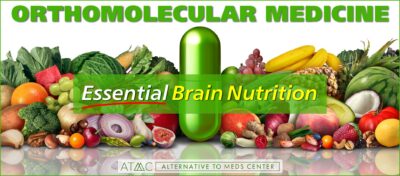 As Lyle explains in his video, “ortho” means straight or correct, and molecular refers to molecules. So it means the correct molecules, or correcting the molecules to optimize health, making a workable approach to both physical and mental health.
As Lyle explains in his video, “ortho” means straight or correct, and molecular refers to molecules. So it means the correct molecules, or correcting the molecules to optimize health, making a workable approach to both physical and mental health.
Attempting to heal after damage from drug use is a bit like attempting to deep-sea dive without your oxygen tanks filled and strapped on. Which you would only do if you didn’t have the knowledge and training about diving and safety. And probably a crew surrounding you to assist.
In asking if drug tapering is safe, with the above protocols in place, we can say yes, and safety is the key point. It requires a level of education and understanding to navigate these waters well.
Nutrition is the fuel and the raw materials for building the neurochemicals used in day-to-day living, but also in responding to life’s challenges, and in recuperating after damage has occurred on some level, be it physical or mental injury. That is why orthomolecular medicine, nutrition-based therapy, is such a prominent pillar in our treatment programs. If tapering medications is to be safe, it must be accompanied by highly-researched, proven protocols that allow and accelerate healthy recovery. This is what makes Alternative to Meds Center so unique in today’s world.10-12
For more information, please visit the following pages:
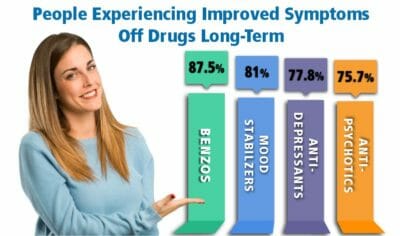
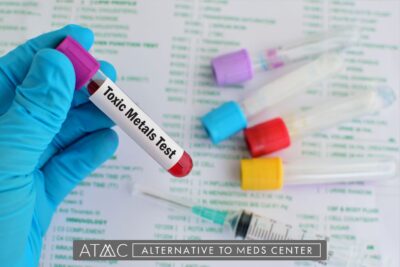 A detailed nutritional profile, deficits revealed through lab testing
A detailed nutritional profile, deficits revealed through lab testing Tapering and discontinuing opioid use has its own specific mechanics and underpinnings. Opiates spend the body’s store of available endorphins. This leaves the body without the natural protection (including pain relief) inherent in these neurotransmitters. Walking back a dependence successfully entails replenishing the body’s capacity to produce and store an adequate supply of endorphins. Neglecting this aspect makes withdrawal hellish and intolerable, often leading to relapse. This level of suffering is unnecessary if the mechanics of safe opioid tapering are employed.2
Tapering and discontinuing opioid use has its own specific mechanics and underpinnings. Opiates spend the body’s store of available endorphins. This leaves the body without the natural protection (including pain relief) inherent in these neurotransmitters. Walking back a dependence successfully entails replenishing the body’s capacity to produce and store an adequate supply of endorphins. Neglecting this aspect makes withdrawal hellish and intolerable, often leading to relapse. This level of suffering is unnecessary if the mechanics of safe opioid tapering are employed.2 As Lyle explains in his video, “ortho” means straight or correct, and molecular refers to molecules. So it means the correct molecules, or correcting the molecules to optimize health, making a workable approach to both physical and mental health.
As Lyle explains in his video, “ortho” means straight or correct, and molecular refers to molecules. So it means the correct molecules, or correcting the molecules to optimize health, making a workable approach to both physical and mental health.




